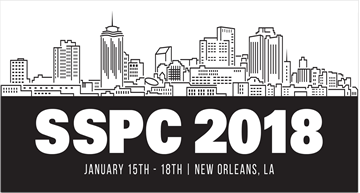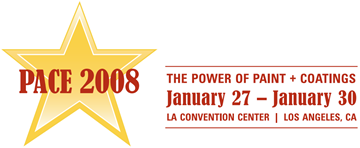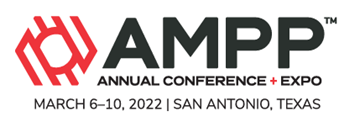Search
Products tagged with 'coating'
View as
Sort by
Display
per page
Cathodic protection shielding and prevention of the corrosion under disbonded coating in soils
Product Number:
51323-19248-SG
Publication Date:
2023
$20.00
Circular Economy Through the Protective Polyurethane Coating
Product Number:
51323-19057-SG
Publication Date:
2023
$20.00
COATING CONCRETE AFTER 28 DAYS . . Why There Is No Magic In This Number
Product Number:
51218-134-SG
Publication Date:
2018
$20.00
Coating of Structural Steel for Public Structures
Product Number:
41205-212-SG
Publication Date:
2005
$20.00
Coatings For Zebra/Quagga Mussel Control, 3rd Year Evaluation
Product Number:
41212-714-SG
Publication Date:
2012
$20.00
Concrete Bridge Coatings in Kentucky: Progress in Lab and Field Testing Results
Product Number:
41208-404-SG
Publication Date:
2008
$20.00
Concrete Cracks: Causes, Correcting, and Coating
Product Number:
41205-214-SG
Publication Date:
2005
$20.00
Conditioning Of Steel Surfaces With Various Abrasive Blast Media And Effect On Coating Performance
Product Number:
51322-17888-SG
Publication Date:
2022
$20.00
Considerations for Heating Liquid Storage Tanks During Cold Weather Coating Work
Product Number:
41205-157-SG
Publication Date:
2005
$20.00
Considering Over Coating? Details to Examine
Product Number:
51219-216-SG
Publication Date:
2019
$20.00
Cool, Dry Or Both When Is Cooling Equipment Appropriate As A Dehumidifier?
Product Number:
41213-784-SG
Publication Date:
2013
$20.00












